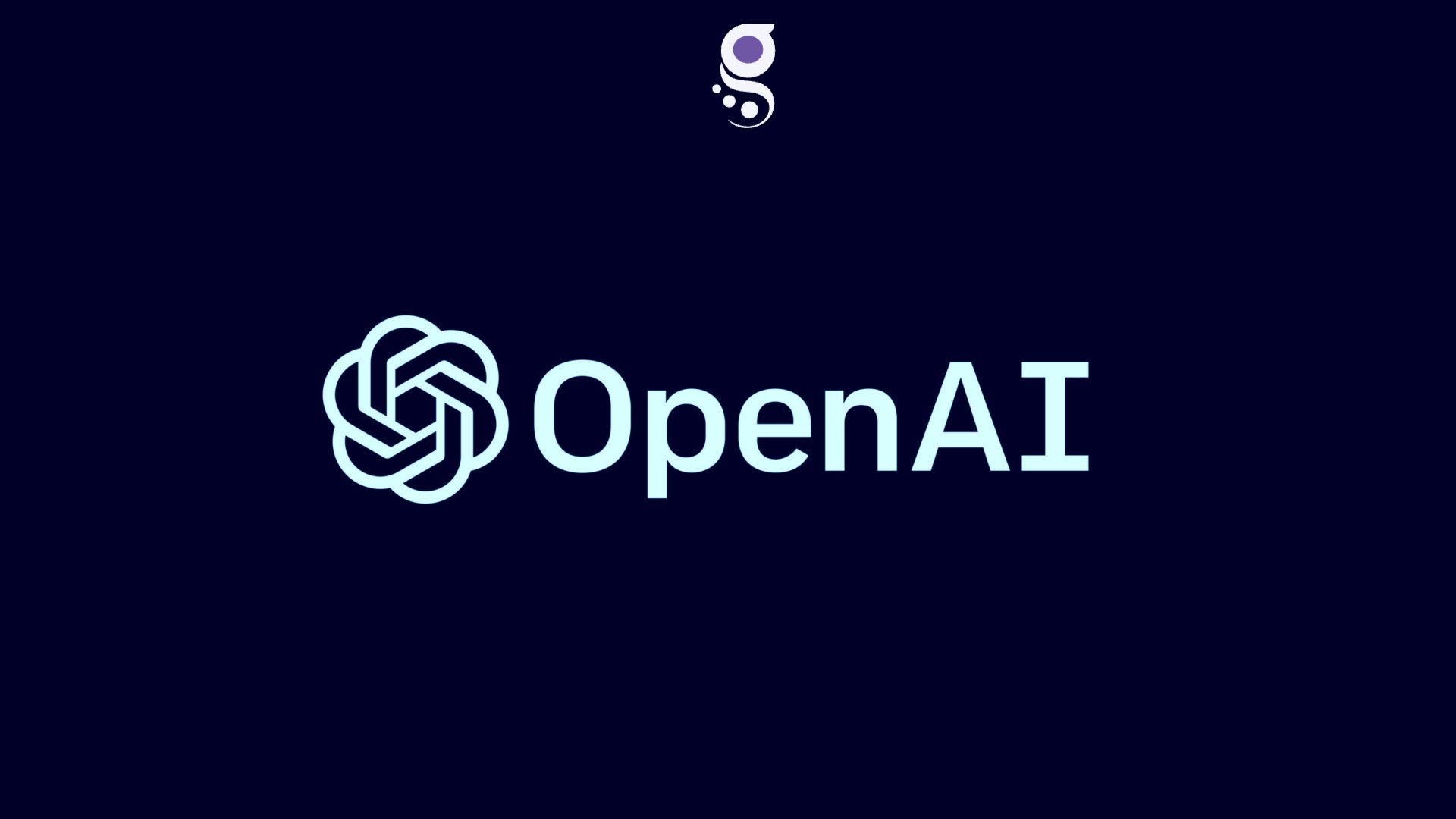Artificial Intelligence & Automationdifficulty
OpenAI Unveils O1: A Model That Can Fact-Check Itself
In the age of information, the accuracy and reliability of data are paramount. OpenAI has taken a significant step forward by unveiling O1, an advanced AI model capable of fact-checking itself. This innovation promises to enhance the credibility of AI-generated content and addresses growing concerns about misinformation and disinformation.
T
Techno solution
09-12-2024
23 mint mint read

1. Introduction
In the age of information, the accuracy and reliability of data are paramount. OpenAI has taken a significant step forward by unveiling O1, an advanced AI model capable of fact-checking itself. This innovation promises to enhance the credibility of AI-generated content, addressing growing concerns about misinformation and disinformation.
2. The Evolution of AI and the Need for Fact-Checking
Artificial intelligence has made remarkable progress over the past decade, with models like GPT-3 revolutionizing the field of natural language processing. However, one of the persistent challenges has been ensuring the accuracy of the information these models produce. The proliferation of false information on the internet underscores the need for AI systems that can verify the validity of their outputs.
3. What is O1?
O1 is OpenAI's latest AI model designed with a unique capability: self-fact-checking. Unlike its predecessors, O1 integrates fact-checking algorithms within its architecture, allowing it to cross-reference its responses with reliable data sources. This self-regulatory feature aims to minimize the dissemination of incorrect or misleading information.
4. How O1 Works
O1 employs a multi-step process to ensure the accuracy of its responses:
- Initial Response Generation: O1 generates a response based on the input it receives.
- Fact-Checking Phase: The model then cross-references the generated response with a curated database of reliable sources.
- Validation and Adjustment: If discrepancies are found, O1 adjusts its response to align with verified information.
- Final Output: The model provides a fact-checked response, enhancing the reliability of the information it delivers.
5. Benefits of Self-Fact-Checking AI
The introduction of self-fact-checking AI models like O1 offers numerous benefits:
- Enhanced Credibility: By validating its own responses, O1 increases the trustworthiness of AI-generated content.
- Reduction of Misinformation: Self-fact-checking helps in curbing the spread of false information.
- Improved User Trust: Users are more likely to trust AI systems that provide verified and accurate information.
- Educational Aid: O1 can serve as a reliable tool for educators and students, ensuring access to accurate information.
6. Potential Applications of O1
The potential applications of O1 are vast and varied:
- Journalism: News organizations can use O1 to fact-check articles before publication.
- Education: O1 can assist in creating accurate educational content and resources.
- Healthcare: The model can provide reliable medical information, reducing the risk of misinformation in health-related matters.
- Customer Support: Businesses can employ O1 to ensure the accuracy of information provided to customers.
7. Challenges and Limitations
Despite its promising capabilities, O1 faces several challenges:
- Database Limitations: The accuracy of O1's fact-checking is contingent on the quality and comprehensiveness of its data sources.
- Bias in Data: O1 might inherit biases present in the sources it references.
- Processing Time: The fact-checking process may increase the time required to generate responses.
- Complex Queries: Highly complex or ambiguous queries may still pose a challenge for O1's fact-checking abilities.
8. Future Prospects of Self-Fact-Checking AI
The development of O1 marks a significant milestone in AI technology. Future iterations may include:
- Expanded Databases: Increasing the breadth and depth of data sources for more comprehensive fact-checking.
- Real-Time Updates: Enhancing O1 to access real-time information, ensuring up-to-date responses.
- Interdisciplinary Applications: Applying self-fact-checking AI across various fields, including law, finance, and science.
9. Conclusion
OpenAI's unveiling of O1 represents a groundbreaking advancement in AI technology. By integrating self-fact-checking capabilities, O1 addresses critical issues related to misinformation and enhances the reliability of AI-generated content. As technology continues to evolve, models like O1 will play a pivotal role in shaping a future where accurate and trustworthy information is readily accessible.
T